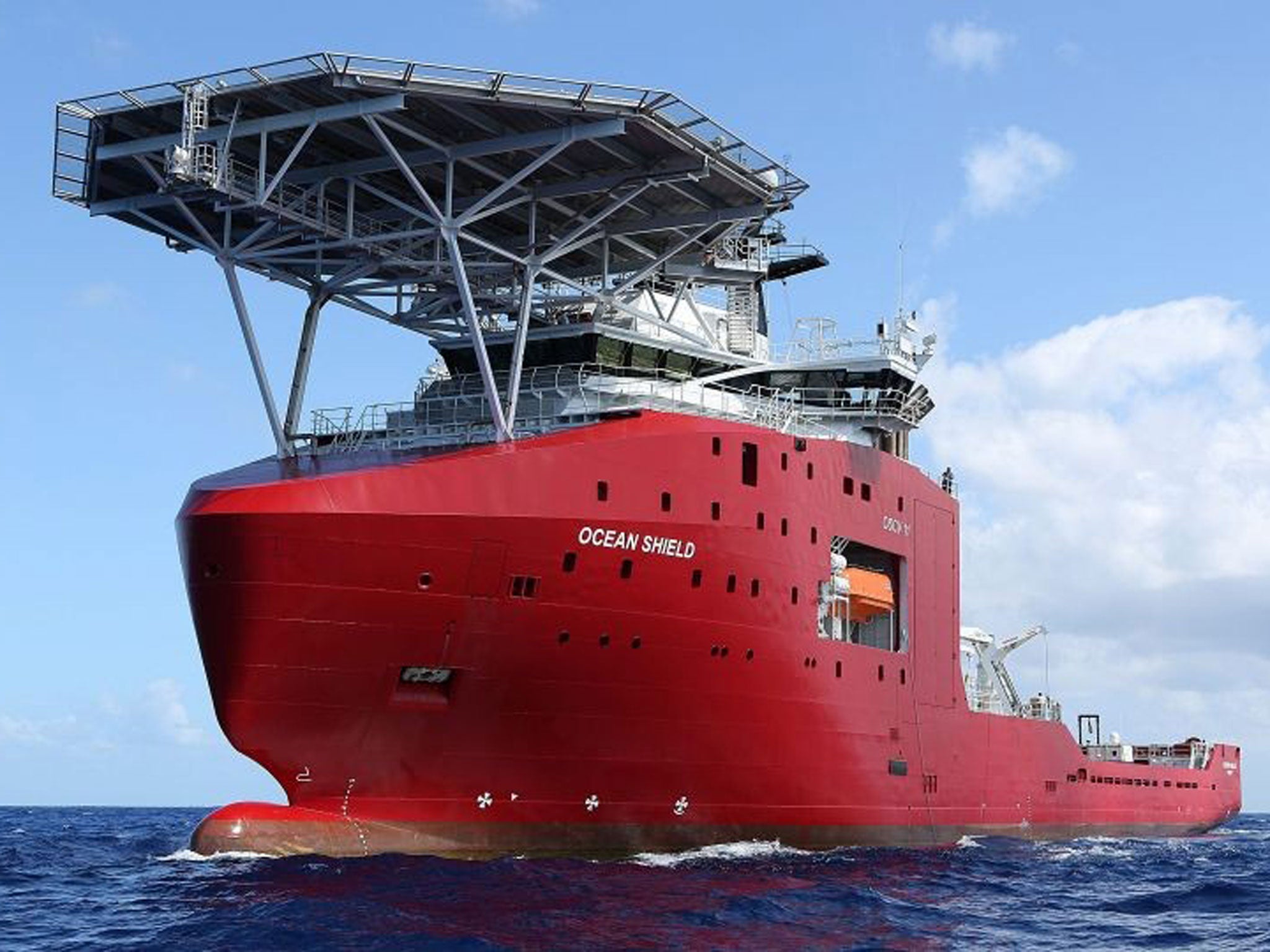Missing Malaysian Airlines Flight MH370: Malaysia says next positive announcement could be 'hours' away in ocean search for plane
'Pings' have been picked up in the ocean at the same frequency as the aircraft's black box recorders

Your support helps us to tell the story
From reproductive rights to climate change to Big Tech, The Independent is on the ground when the story is developing. Whether it's investigating the financials of Elon Musk's pro-Trump PAC or producing our latest documentary, 'The A Word', which shines a light on the American women fighting for reproductive rights, we know how important it is to parse out the facts from the messaging.
At such a critical moment in US history, we need reporters on the ground. Your donation allows us to keep sending journalists to speak to both sides of the story.
The Independent is trusted by Americans across the entire political spectrum. And unlike many other quality news outlets, we choose not to lock Americans out of our reporting and analysis with paywalls. We believe quality journalism should be available to everyone, paid for by those who can afford it.
Your support makes all the difference.Malaysia's Defence Minister is "cautiously hopeful" that teams searching for missing flight MH370 will be able to make a positive announcement in the next few days, "if not hours".
Hishamuddin Hussein have a statement to reporters at a press conference on Monday in light of underwater 'pings' that were detected by ships searching the southern Indian Ocean.
His comments came after the head of the Australian agency co-ordinating the search for missing Malaysia Airlines flight MH370 said the team is “very close” to locating the area where the aircraft fell, after a US Navy ‘ping’ locator towed by an Australian ship detected signals consistent with the beacons emitted from aircraft black box recorders.
But authorities have warned it will take time to confirm whether the sounds are signals from the flight data recorders that belonged to the missing aircraft.
Angus Houston, a former Australian defence chief and head of the Australian search, told a news conference in Perth on Monday that this was the most promising lead yet in the month-long hunt for the aeroplane.
Australia’s Ocean Shield picked up the signals in an area 1,680km (1,040 miles) northwest of Perth, which analysis of sporadic satellite data has showed is the most likely place Boeing 777 went down.
Houston told reporters that he is “much more optimistic than I was a week ago.”
The first “ping” signal detection was held for more than two hours before the Ocean Shield lost contact, but the ship was able to pick up a signal aground 13 minutes, Houston said.
“We are encouraged that we are very close to where we need to be,” he said according to the Telegraph.
“On this occasion two distinct pinger returns were audible. Significantly, this would be consistent with transmissions from both the flight data recorder and the cockpit voice recorder,” he said.
“In the search so far it is probably the best information we have had. We are trying to fix the position on the basis of the transmissions.
“We are now in a very well defined search area, which hopefully will eventually yield the information that we need to say that MH370 might have entered the water just here.”
Despite his positivity, Mr Houston cautioned that the wreckage was still lost.
"I would want more information before we say ’this is it’.
“We are right on the edge of capability and we might be limited on capability if the aircraft ended up in deeper water. In very deep oceanic water, nothing happens fast,” said Houston.
“This is not the end of the search. We still have got difficult, painstaking work to do to confirm that this is indeed where the aircraft entered the water.”
He added that if the signals can be narrowed further, Bluefin 21, an autonomous underwater vehicle, can be used to try to locate wreckage on the sea floor and confirm whether the signals are from the aircraft’s flight recorders.
The potential search area was 4.5 km (2.8 miles) deep, the same as the Bluefin range.
As the recorders' batteries only last for 30 days, crews are working against the clock before the pings begin to fade, at which point the search will become more complicated.
A second search area was being maintained in waters where a Chinese vessel had also picked up “ping” signals at the weekend in an area more than 300 nautical miles from the latest signals.
Chinese patrol ship Haixun 01 reported receiving a pulse signal with a frequency of 37.5 kHz, consistent with the signal emitted by flight recorders, on Friday and again on Saturday.
Houston said the Chinese and Australian discoveries of pings were consistent with work done on analysing radar and satellite data but the Ocean Shield's leads were now the most promising.
Houston on Sunday said he was comfortable with the level of cooperation between search countries, following criticisms that Australia only became aware of the Chinese find at the same time as the Xinhua state news agency filed a story from a reporter on board the Haixun.
“I'm very satisfied with the consultation, the coordination that we are building with our Chinese friends,” Houston said.
Search crews hope that data stored in the black boxes will answer what happened to the Malaysia Airlines plane and its 227 passengers and 12 crew when it vanished off radar on 8 March, and flew thousands of kilometres off its Kuala Lumpur-to-Beijing route.
Authorities have not ruled out mechanical problems as a cause of the plane's disappearance but the loss of communications suggest it was deliberately diverted.
Additional reporting by Reuters and AP
Join our commenting forum
Join thought-provoking conversations, follow other Independent readers and see their replies
Comments